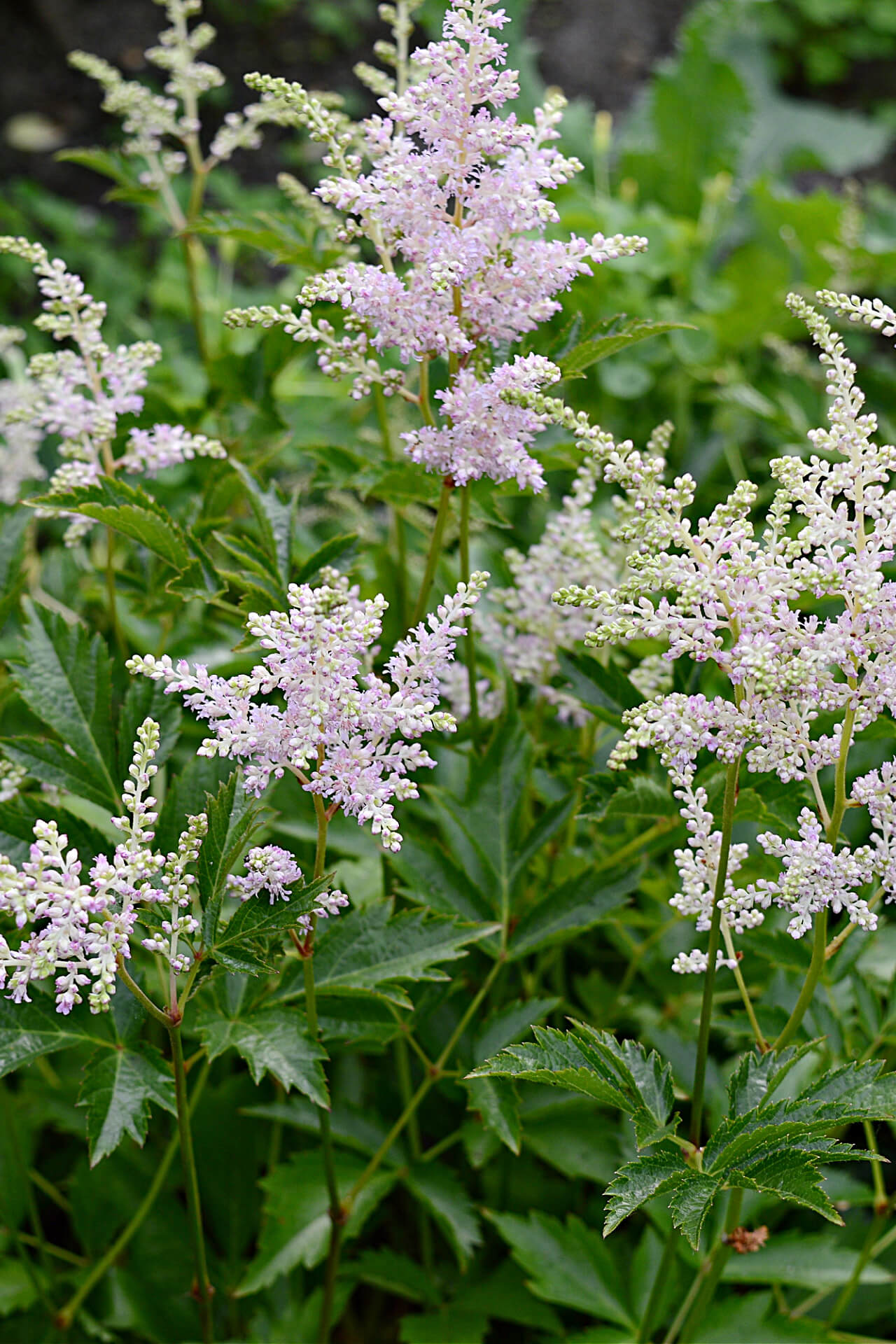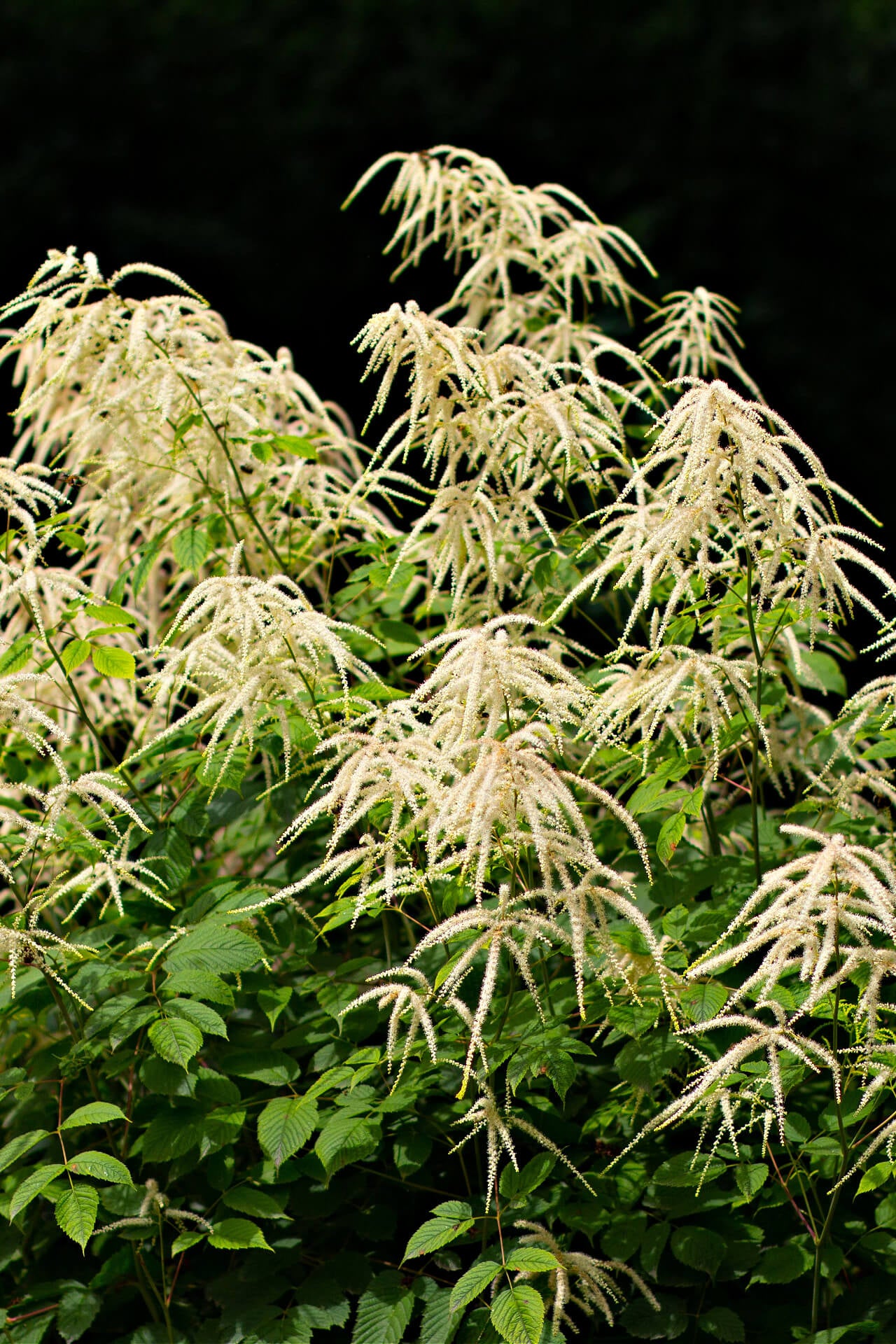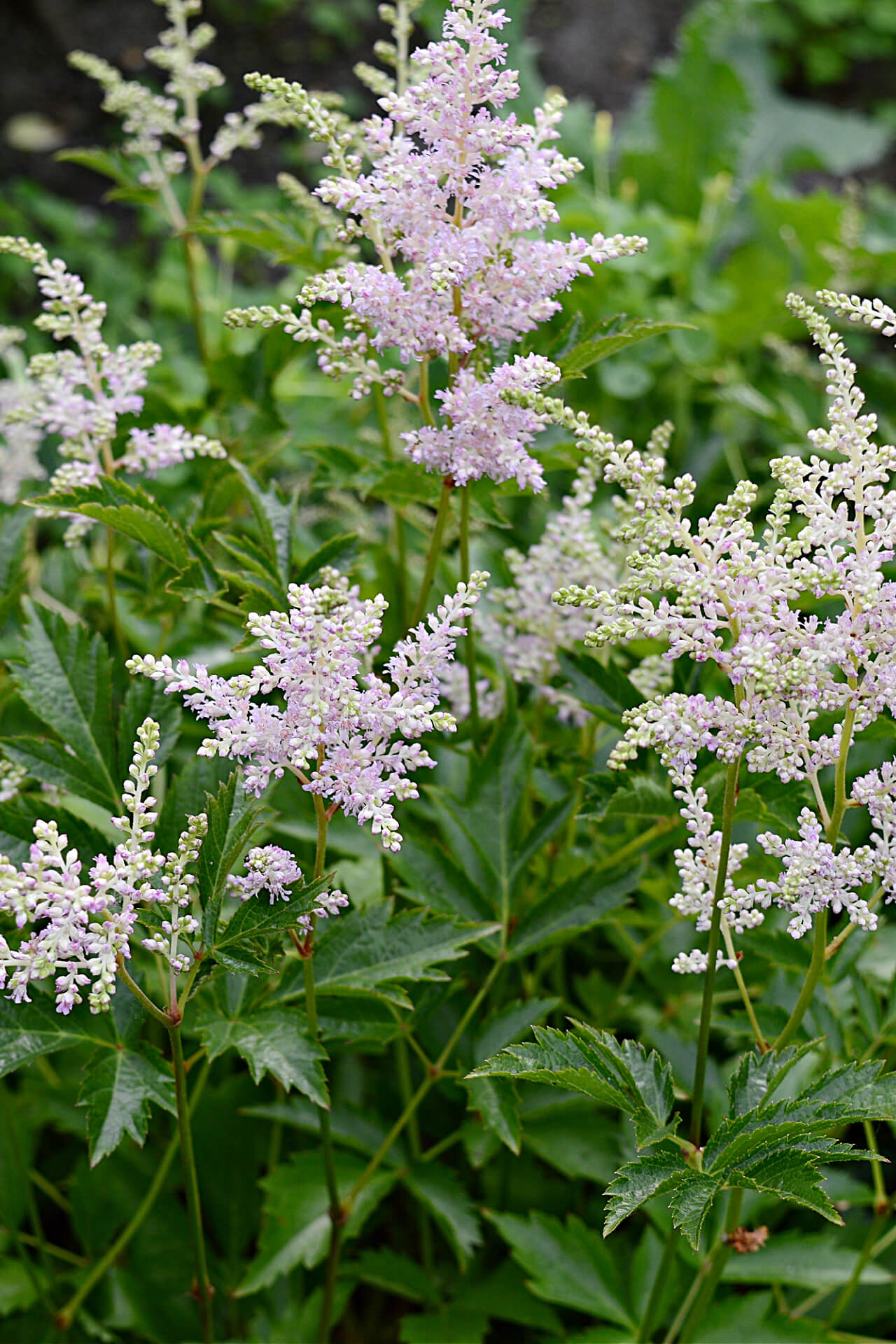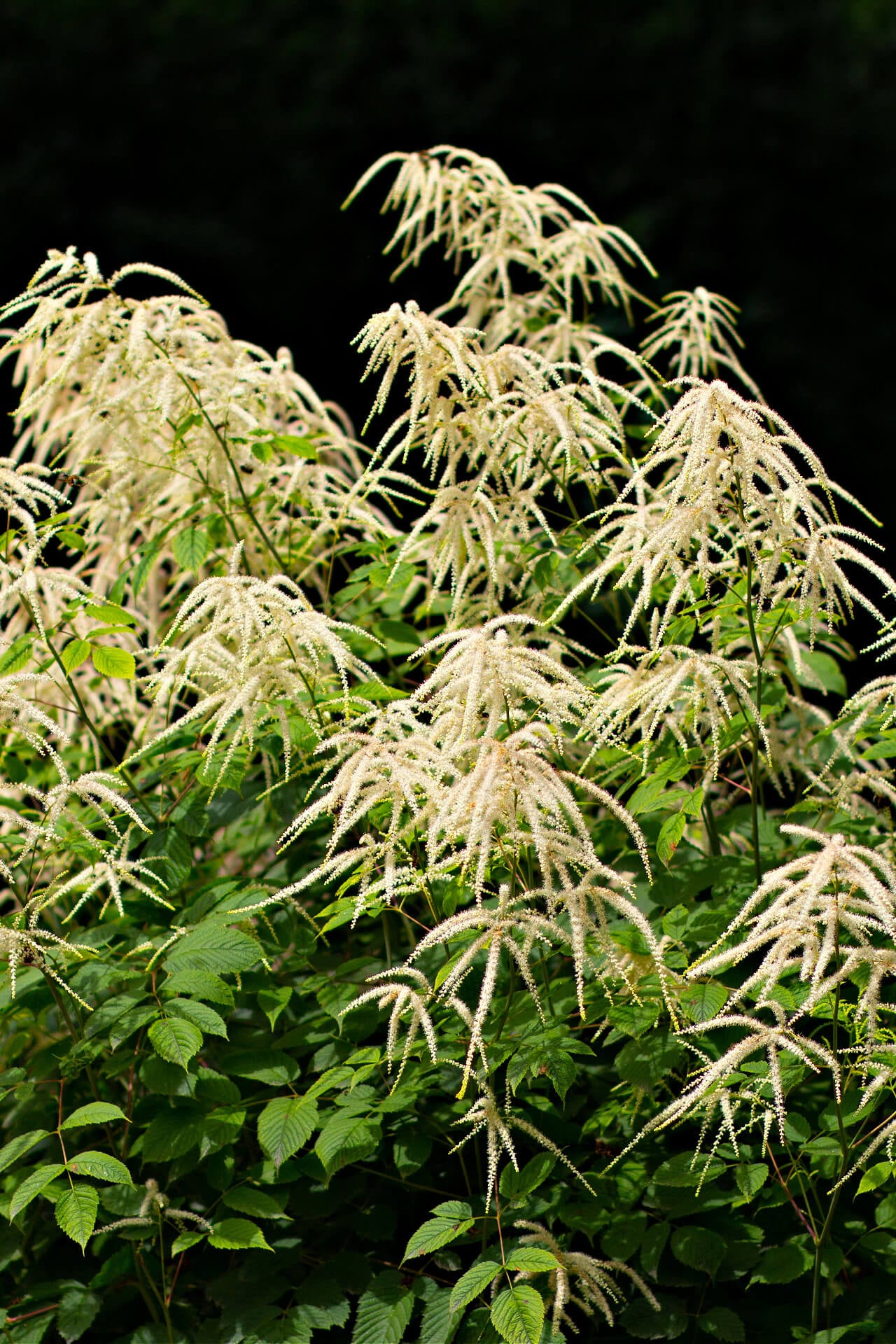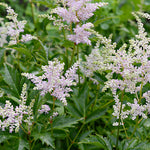Goat's Beard Plant
Goat's Beard Plant is recognized for its feathery plumes of small, creamy-white flowers atop tall, upright stems and its fern-like foliage, adding a graceful touch to gardens and landscapes. It is a charming and beneficial plant with several advantages in landscaping projects. This perennial belongs to the Rosaceae family and is admired for its striking plume-like flowers and attractive foliage. One of the primary benefits of incorporating it into landscaping is its captivating appearance.
Goat's Beard Plant
The whimsical, fun aesthetic of the Goat's Beard Plant makes it a lively contribution to any landscape. With striking fern-like foliage reminiscent of a goat's beard, it is a welcome addition to any home or commercial garden.
Effortlessly Beautify Your Yard With Goat's Beard Plant
Landscaping does not have to be difficult or time-consuming. By picking the right ones, you can easily enhance any landscape. Thanks to the beard-like flair of this perennial flower, you can add a dash of eye-catching style to your lawn without the need for extensive digging or hardscaping.
Scientifically known as Aruncus dioicus, or spelled goatsbeard, this blossom is perfect for adding a sense of elegance, grandeur, and effortless sophistication to a garden.
Transform Your Landscape With Ease Using Goat's Beard Plant
With an impressive height of 3-6 feet, the Arancus dioicus goatsbeard brings an earthy, magical feel to your garden. Flowers bloom in rich cream color on groups of clustered branches; though delicate, they are unmistakable and sure to capture anyone's attention as they stroll through your garden.
On a sunny evening in summer, these flowers, which are often called bride's feathers, boast plume-like foliage that sway in the breeze. You'll often find them growing in woodland areas, forests, and meadows. For gardeners dreaming of a natural, wild feel for their landscape, this is a marvelous addition to their botanical collection.
Elevate Your Outdoor Haven With the Natural Beauty Of The Goat's Beard Plant
In addition to their gorgeous blossoms, these flowers also sport strong sets of leaves that range from large to small, rising up the stem and creating visual depth and fullness. Grouped together, these flowers can form their own gorgeous family of blossoms that enhance any landscape.
Partnered with other flowers, particularly those in vibrant hues of blue, orange, and pink, they are breathtaking features in any scenery.
Garden Like an Expert With Goat's Beard Plant
Bride's feathers flowers bloom from May through June, offering a beautiful display of plush, airy blossoms. Easy to grow and maintain, they are often popular among gardeners who like meadow-inspired flora and have large spaces they wish to fill with native species.
This Is How Your Plants Will Look upon Delivery

Quantity
In Stock
Sold out
